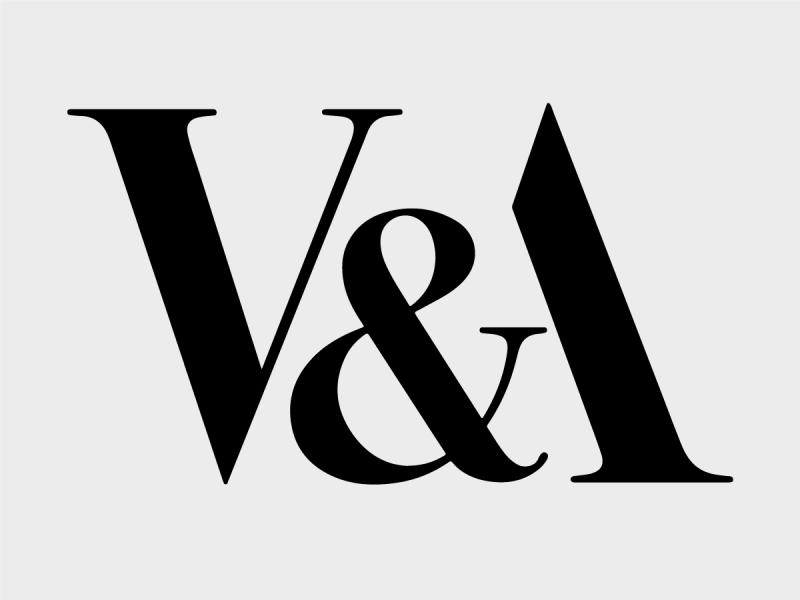The V&A museum announced the end of its internal consultation process


28/05/2021
Statement
The V&A museum announced the end of its internal consultation process on 17 May 2021. Since then, several of people may have received an upbeat email from Director Tristram Hunt about the cuts, including myself.
Possibly the most telling sentence in the email relates to his description of the nature of the collection:
“The V&A’s long-standing structure based on material specialisms will be protected, with dedicated Theatre & Performance curators with unique expertise and knowledge of the collections.”
This sentence highlights the complete lack of understanding of the nature of the performing arts collection and how it works. The V&A’s Department of Theatre & Performance is categorically NOT based on a material specialism, but by subject.
To date it has been looked after by a dedicated team of curators, archivists, and librarians. Their individual specialisms and professional knowledge, coupled with subject knowledge, made it one of the most effectively managed and accessible performing arts collections, anywhere.
Much is made in his email and V&A press releases of the process of consultation. Strangely, the V&A in their press release “thanked external parties who shared thoughtful and constructive points of feedback during consultation”. Despite 20,000 people signing the SIBMAS petition and many people sending letters, SIBMAS was not invited to have a single conversation or meeting with the V&A. It is our understanding, that APAC, STR and TAPRA were also not invited, nor have representatives of the theatre and performance industry. Stakeholders like us and the wider performing arts industry should have been involved in the consultation process, in order to help the museum to find the savings it needed to make, whilst preserving the integrity of the collection, maximum staff knowledge and continue to be an international leader for performing arts heritage.
I would like to remind everyone, that from the very beginning of this entire process, there was to be no Theatre & Performance Department. It was to be absorbed into the work of new departments by period and geography. After the SIBMAS petition, concern from many other sectors and extensive media coverage the V&A was forced to consider a compromise returning to the largely material specialism applied within the museum. The final plans of merging Theatre & Performance with Furniture, Fashion, Textiles at least keeps some idea of the separate needs of the performing arts alive, however it will come with a fundamental split of the collection materials and loss of expertise.
The Theatre & Performance Archive and Library Collections, including Gabrielle Enthoven’s founding collection of playbills donated in 1924, will be transferred to the expanded Research Department, which will be home to centralised V&A Archive and Library units. These transferred collections are the heart of performing arts history and a key resource for researchers, theatre practitioners, family, and theatre historians.
In summary, we fear that the dedicated service to documenting the UK’s performing arts comprising of all forms of heritage: archives, library, objects, audio visual materials together with an expert group of specialists working closely together has now been abandoned. A divisive approach of separating curators, archivists and librarians is being applied, losing the close working relationship within a team. In fact, it was always seen as the strength of the V&A’s performing arts collections to have such a cross-fertilisation of expertise amongst its team, which in turn elevated the strength of its collections and knowledge.
The decision to proceed with the separation of a dedicated team and the care for the collections across several departments risks it becoming a collection with no vision or strategy. For people like us on the outside, it is simply confusing. If a researcher wants to access a theatre company archive, where do they go? Who do they contact? If someone wants to donate their personal archive covering their theatrical career, where do they go? What if the archive has objects, such as a costume or award in it? How will it work? If there had been a direct consultation with us, we could have asked these questions.Reference is made to losing only 2-3 curatorial staff and changes to the management structure, whilst T&P archive staff are apparently mapped over. This I think, does not include job losses in the wider former department. At this stage, and after months of no true consultation, our confidence in the museum’s management is somewhat shattered. We request to see evidence how expertise has been retained in the new structure and how the V&A plans to take serious responsibility for the UK’s National Collection for the Performing Arts in an internationally recognise way.
UNESCO define performing arts heritage as being a very distinct discipline. This is for a reason: performance is intangible, and as such it requires a complex mix of materials to collect, capture, preserve and promote it, ideally with a cohesive and dedicated approach.
SIBMAS along with other organisations and individuals will be looking out for how things progress.
But also: Please we ask V&A Museum to start a proper conversation with stakeholders like us.
Alan R Jones
President SIBMAS
